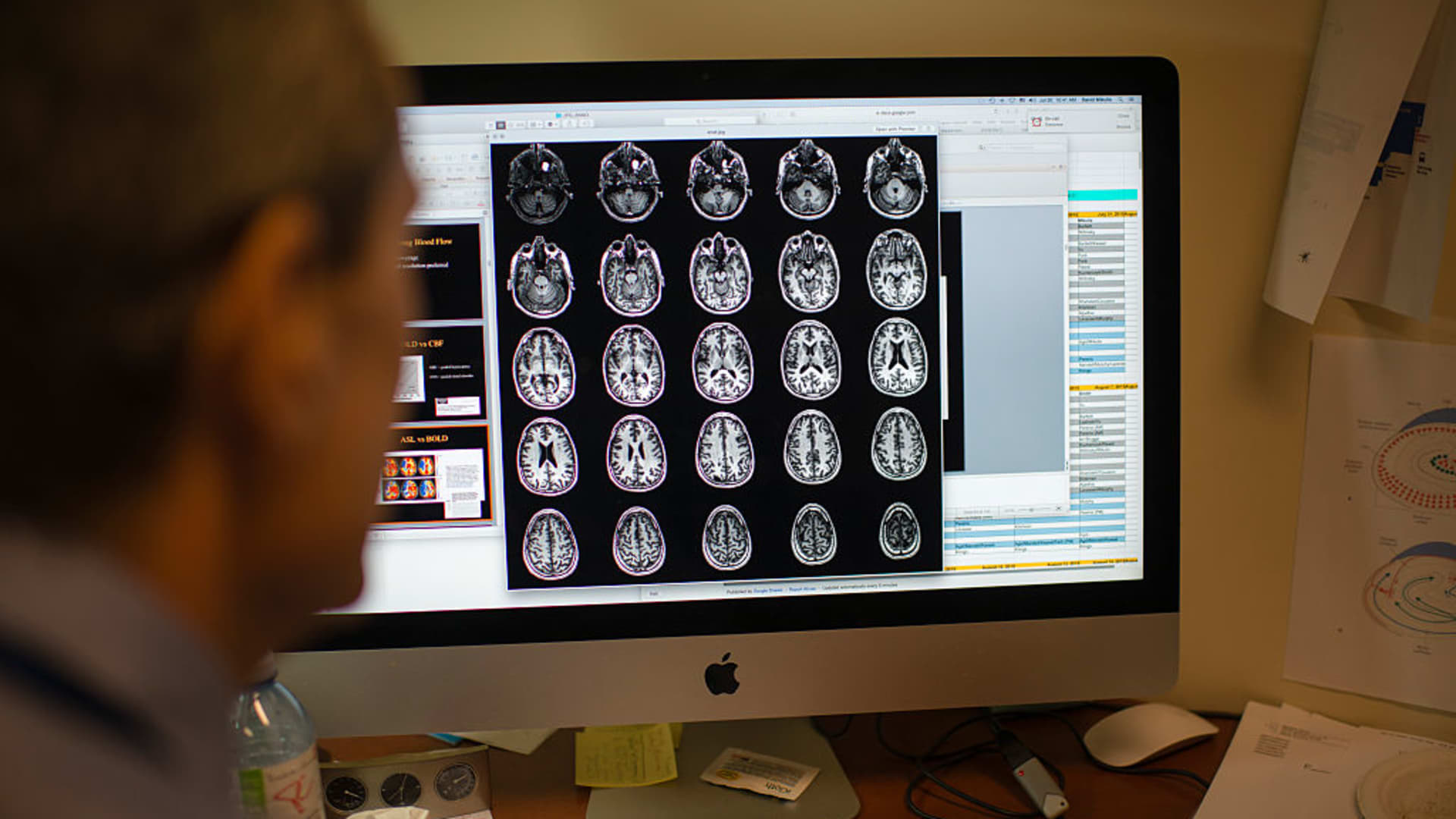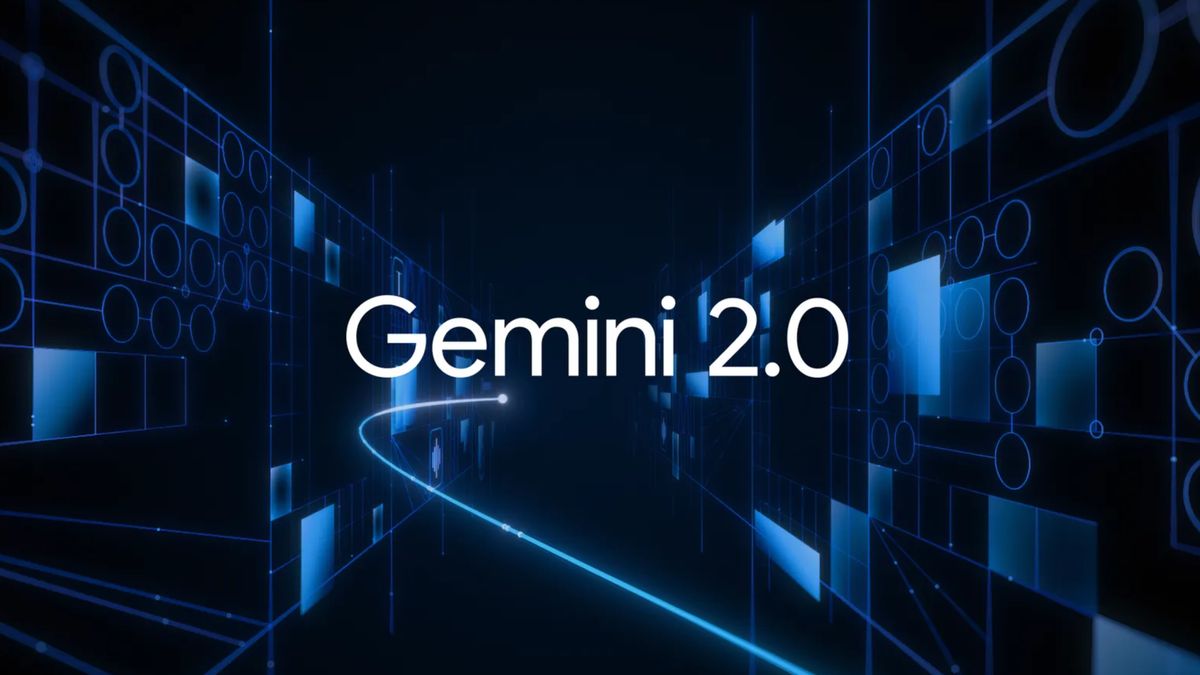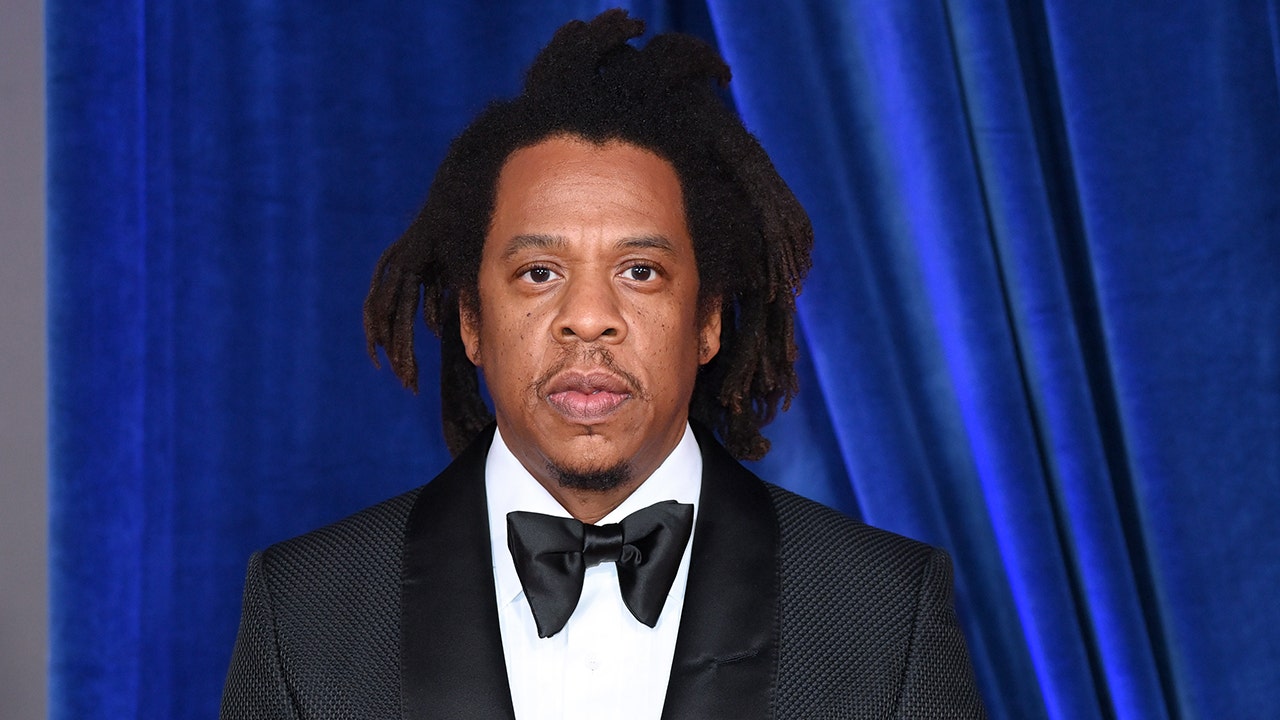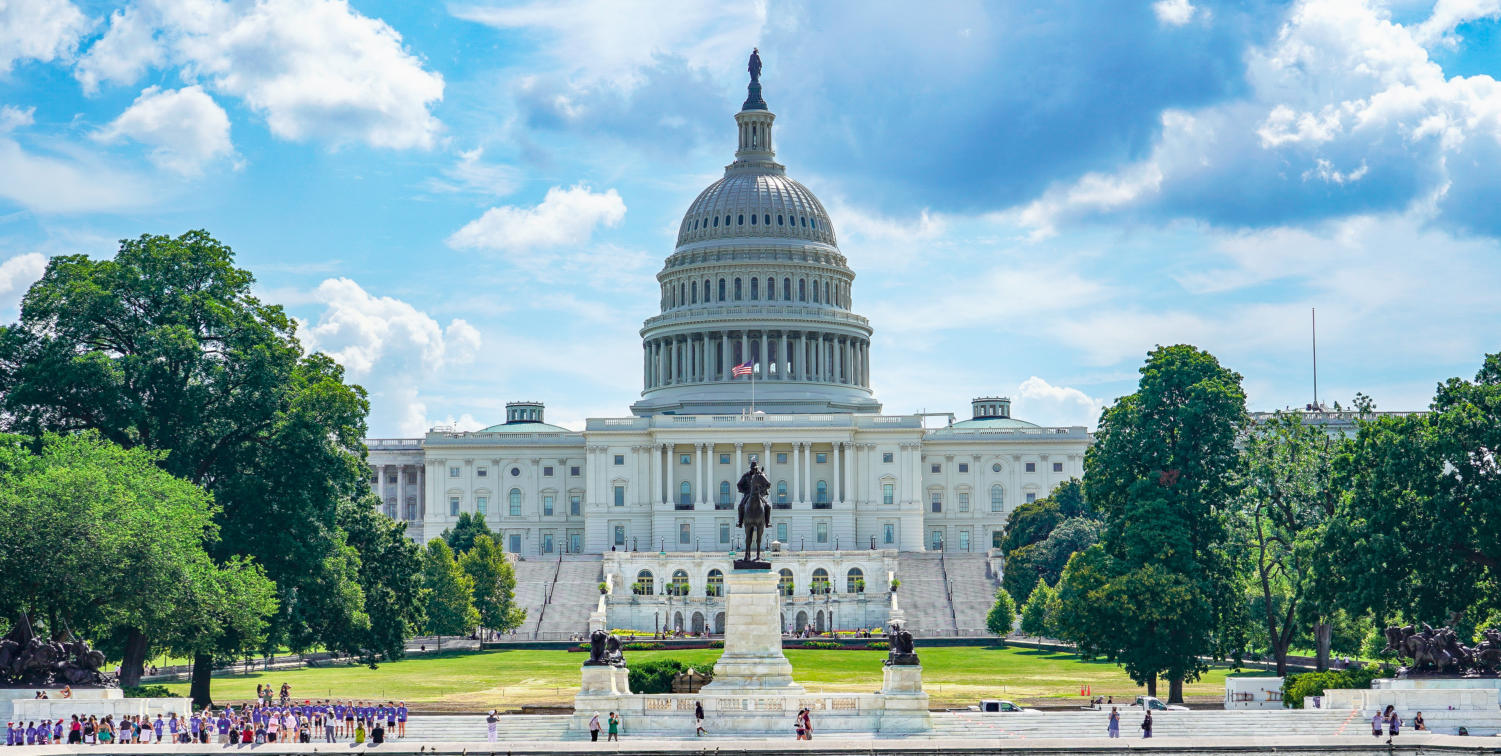Club holding Eli Lilly is expecting to get approval for its Alzheimer’s treatment in the coming weeks, but investors looking for immediate financial success should temper their expectations. On its fourth-quarter earnings call Tuesday, rival drugmaker Biogen shared data that showed its therapy for the memory-robbing disease, Leqembi, is off to a slower-than-expected start. In short: Uptake of the drug, the first of its kind to receive full U.S. regulatory approval, has been limited by bottlenecks in the healthcare system including access to dementia specialists who can make an Alzheimer’s diagnosis. Eli Lilly’s experimental treatment — which is similar to Leqembi in the way it targets the disease and is administered to patients — is likely to face the same obstacles if cleared by the Food and Drug Administration despite its long-term promise. The FDA’s decision on Lilly’s drug, known as donanemab, is expected by the end of March. The latest update from Biogen underscores the challenges ahead for Lilly in making donanemab a commercial success. In the meantime, Eli Lilly’s diabetes and obesity drugs, the heart of our investment thesis, should continue to fuel the lion’s share of the company’s topline growth. About 2,000 patients are currently taking Leqembi, Biogen said Tuesday, up from 800 at the time of the company’s third-quarter report in November. Despite the progress, Biogen and its partner on the drug, Japan’s Eisai , are unlikely to reach their previous goal of 10,000 patients on Leqembi by the end of March. The Food and Drug Administration granted full approval to Leqembi in July , a milestone decision that enabled the U.S. government’s health insurance plan for seniors, Medicare, to provide reimbursement for the treatment. “We are clearly seeing that there is demand for the product,” Biogen CEO Chris Viehbacher said Tuesday. However, the challenge is converting people who want to be on Leqembi into recipients due to healthcare system bottlenecks. In addition to the number of dementia specialists, Viehbacher said scheduling a checkup MRI to monitor the drug’s side effects also has stood in the way of eligible people beginning treatment. About 3,800 people are in an Alzheimer’s Association registry for Leqembi recipients or people close to starting treatment, Viehbacher said. That implies between 260 and 265 people a week were being added to the registry, up about 56% compared with December, Viehbacher, said. The registry data cited by Biogen is “encouraging but we await conversion onto therapy,” Morgan Stanley analysts said in a note to clients. Due to the slower-than-expected launch, analysts lowered their Leqembi 2024 revenue estimates to $370 million from $470 million, while 2025 estimates were revised more modestly, to $1.1 billion from $1.2 billion. Still, Morgan Stanley reiterated its buy-equivalent rating on Biogen’s stock, citing optimism that Leqembi adoption will reach an inflection point this year even if the exact timing is uncertain. Approval of Lilly’s Alzheimer’s therapy donanemab could come any day. Indianapolis-based pharmaceutical giant reiterated last week that it expects a decision from the FDA in the first quarter, which ends March 31. The decision could have implications for fellow Club holding GE Healthcare , which makes MRI machines used in monitoring side effects. We expect the medical equipment maker to benefit from the rollout of Alzheimer’s drugs in multiple ways, including increased demand for its MRI machines and Vizamyl, a tracing agent used to measure amyloid plaque and aid in patient diagnoses. LLY YTD mountain Eli Lilly’s stock performance so far in 2024. Donanemab — and Lilly’s next-generation Alzheimer’s therapies, for that matter — should help fuel growth for the company in the years ahead. But in the short run, as Biogen and Eisai’s experience shows, investors should keep their donanemab sales expectations in check. Lilly’s diabetes and obesity treatments, led by Mounjaro and Zepbound, remain the most important drivers of its financials and stock, which has been a big winner in recent years including so far in 2024. In many ways, the early success of the drugs, which share the active ingredient tirzepatide, offers Lilly breathing room on the expected rollout of donanemab. Jim Cramer has long said tirzepatide could become the best-selling drug of all time. Wall Street projects Eli Lilly will generate $41.07 billion in revenue in 2024, with donanemab contributing about 0.5%, or $185 million, of the companywide total, according to estimates compiled by FactSet. Meanwhile, Mounjaro and Zepbound are expected to bring in a combined $11.7 billion, FactSet data shows. Pharmaceutical companies, including Biogen and Eli Lilly, have spent billions of dollars over the years developing experimental Alzheimer’s treatments, but Leqembi is the first drug designed to slow the progression of the disease to receive traditional FDA clearance. In that way, Biogen and Eisai are the first companies to run into the bottlenecks in the healthcare system for Alzheimer’s treatment, though analysts believe Eli Lilly’s expected presence in the market will help alleviate some of the challenges, benefiting uptake of both Leqembi and donanemab. Both drugs are antibodies that seek to remove abnormal build-up of a protein called amyloid on the brain, rooted in the belief that doing so can slow the progression of Alzheimer’s. Clumps of amyloid — usually called plaques — have long been associated with Alzheimer’s, though their exact role in the disease is not fully understood. Side effects of the anti-amyloid drugs include brain swelling and bleeding. In an 18-month late-stage study, donanemab slowed cognitive and functional decline by 35% in one early Alzheimer’s patient group compared with people on a placebo. Leqembi slowed the progression of the disease by 27% in its 18-month trial, but the drug is generally seen as having a better safety profile than Eli Lilly’s therapy. Leqembi is given through an IV every two weeks, while donanemab doses are received through an IV every four weeks. The side effects of Leqembi are monitored through regular MRI scans during treatment. According to the FDA’s label, patients need a baseline MRI before receiving the drug then additional scans before their fifth, seventh, and 14th infusions. If the FDA does approve Lilly’s donanemab, a key focus will be whether it has any different screening and monitoring requirements compared with Leqembi, Morgan Stanley analysts also said in the note. (Jim Cramer’s Charitable Trust is long LLY and GEHC. See here for a full list of the stocks.) As a subscriber to the CNBC Investing Club with Jim Cramer, you will receive a trade alert before Jim makes a trade. Jim waits 45 minutes after sending a trade alert before buying or selling a stock in his charitable trust’s portfolio. If Jim has talked about a stock on CNBC TV, he waits 72 hours after issuing the trade alert before executing the trade. THE ABOVE INVESTING CLUB INFORMATION IS SUBJECT TO OUR TERMS AND CONDITIONS AND PRIVACY POLICY , TOGETHER WITH OUR DISCLAIMER . NO FIDUCIARY OBLIGATION OR DUTY EXISTS, OR IS CREATED, BY VIRTUE OF YOUR RECEIPT OF ANY INFORMATION PROVIDED IN CONNECTION WITH THE INVESTING CLUB. NO SPECIFIC OUTCOME OR PROFIT IS GUARANTEED.
This website uses cookies so that we can provide you with the best user experience possible. Cookie information is stored in your browser and performs functions such as recognising you when you return to our website and helping our team to understand which sections of the website you find most interesting and useful.





















Discussion about this post